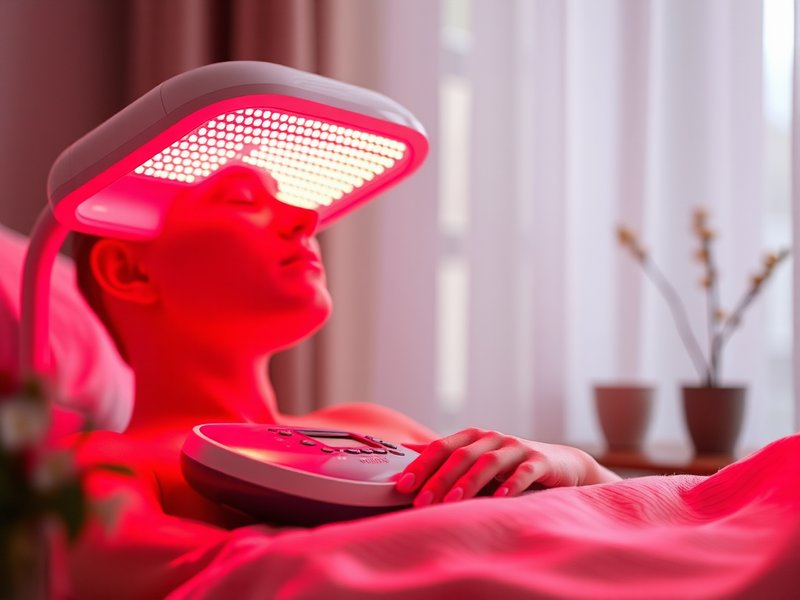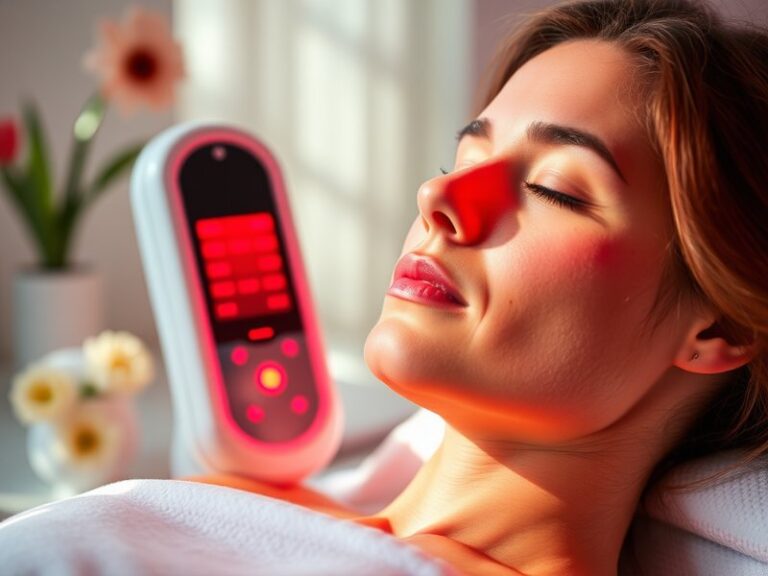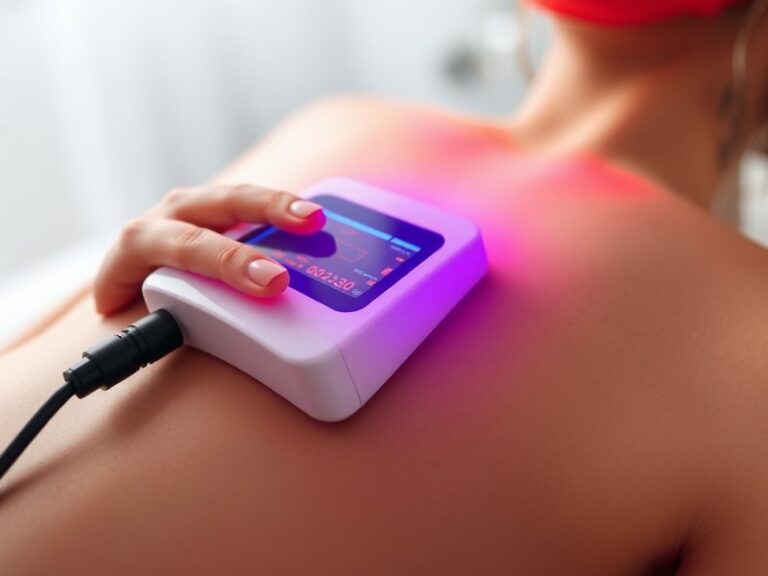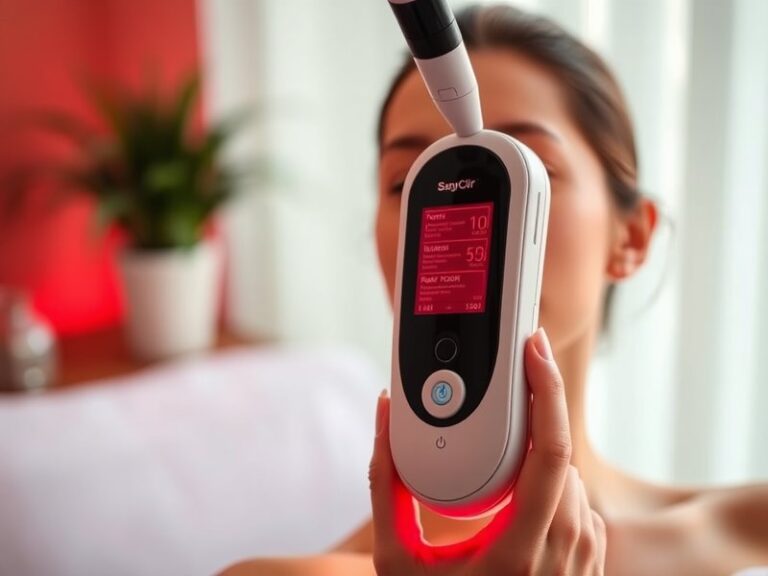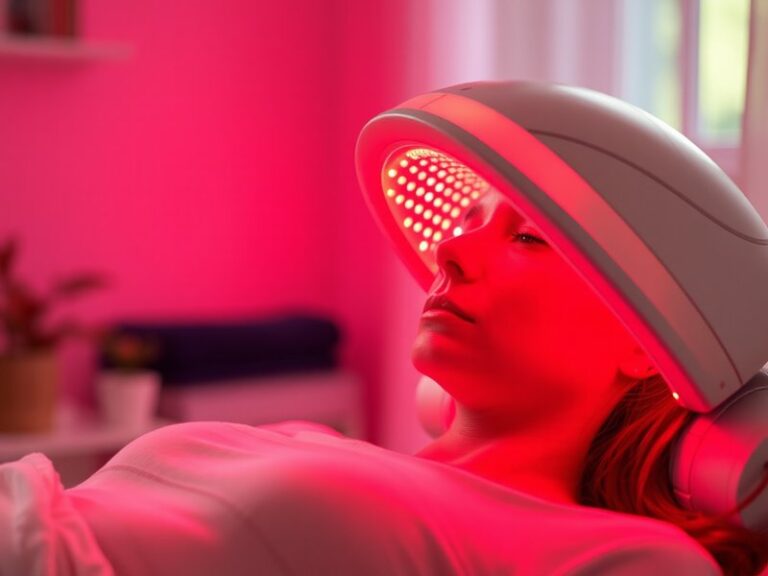Why Does Red Light Therapy Make Me Tired?
Why Does Red Light Therapy Make Me Tired?
Are you finding yourself feeling more tired after a session of red light therapy? You’re not alone. Many users report feeling unusually fatigued following treatment. This article will explore the reasons behind this phenomenon, delve into the benefits of red light therapy, provide insights on its alternatives, and address some commonly asked questions.
Key Takeaways
- Red light therapy can enhance cellular function, sometimes leading to temporary fatigue as your body adjusts.
- Increased relaxation and stimulation of healing processes are common effects of red light therapy.
- Understanding individual responses to red light therapy can help manage feelings of fatigue.
What is Red Light Therapy?
Red light therapy (RLT) is a treatment that uses specific wavelengths of light, typically in the red and near-infrared spectrum, to penetrate the skin and stimulate cellular processes. Initially used for healing and reducing inflammation, it is now popular in various applications, including skin rejuvenation, pain relief, and enhancing athletic recovery.
By promoting mitochondrial function and ATP production, red light therapy helps cells utilize energy more efficiently. This enhanced metabolic process can lead to both invigorating and exhausting responses in individuals, based on their unique physiologies and the intensity of the therapy.
See our thorough exploration of Is Excess Red Light Therapy Harmful?
The Mechanism Behind Red Light Therapy
The light from red light therapy is absorbed by the mitochondria in our cells, promoting energy production and encouraging healing processes. While this often leads to improved energy levels over time, it can temporarily deplete energy reserves during the adjustment period.
What are the Benefits of Red Light Therapy?
Exploring the advantages of red light therapy illuminates why many people incorporate it into their wellness regimens.
Improved Cellular Function
Red light therapy enhances mitochondrial function, increasing ATP production, which can lead to improved overall energy levels and cellular health.
Reduced Inflammation and Pain
Many users report significant relief from chronic pain and inflammation, making it a popular choice for athletes and those suffering from physical ailments.
Enhanced Skin Health
The therapy has been associated with improved collagen production and reduced signs of aging, providing rejuvenating benefits that promote skin health and healing.
Mood and Sleep Regulation
Some studies suggest that red light therapy may help regulate mood and improve sleep patterns, contributing to overall well-being.
Is it Possible to Feel Tired After Red Light Therapy?
Yes, it is entirely possible to feel tired after a session of red light therapy. This reaction can vary based on several factors, including:
- The intensity and duration of the session.
- Individual differences in metabolism and energy response.
- The specific health conditions or stresses the user may be experiencing.
What are the Advantages of Feeling Tired Post-Treatment?
Experiencing fatigue after red light therapy can have its advantages, such as:
Indication of Healing Processes
Feeling tired may signify that the body is activating its restorative processes, which are crucial for healing.
Enhanced Relaxation
The fatigue may result from deep relaxation, promoting a more restful state conducive to recovery and rest.
What are the Disadvantages of Feeling Tired?
Although experiencing fatigue can be beneficial, there are potential drawbacks, such as:
Disruption to Daily Activities
Increased fatigue may interfere with daily responsibilities, affecting productivity and wellbeing.
Potential Overuse
If users consistently feel tired after treatment, they might be tempted to reduce session frequency or duration, potentially hindering the benefits.
What are the Things to Consider Before Undergoing Red Light Therapy?
There are specific factors to keep in mind to optimize the experience and mitigate fatigue.
Session Duration
Shorter sessions can minimize fatigue while still providing therapeutic benefits. Start with brief treatments to gauge your body’s response.
Personal Health Conditions
Consider any underlying health issues that might influence your body’s response to red light therapy. Consult with a healthcare provider to ensure safety and effectiveness.
Get the whole scoop Does Red Light Therapy Dehydrate?
Hydration Levels
Maintain proper hydration before and after therapy. Dehydration can exacerbate feelings of fatigue.
Adjusting Frequency
Identify the optimal frequency that works for you; overdoing treatments may lead to increased fatigue rather than improved energy levels.
What are the Alternatives to Red Light Therapy?
If red light therapy is causing unwanted fatigue, there are alternatives worth considering.
Infrared Saunas
Infrared saunas use similar technology but may offer a more comfortable environment for users looking to relax and detoxify without excessive fatigue.
Cold Light Therapy
Exposing the body to lower temperatures can improve overall wellbeing without causing the same level of fatigue associated with red light therapy.
Traditional Heat Therapy
Using heat packs or pads can alleviate muscle tension and pain without the cellular energy dynamics of light therapy, potentially minimizing feelings of fatigue.
Conclusion: Is it Recommended to Use Red Light Therapy?
While experiencing fatigue after red light therapy may be common, it is often a temporary response that signals bodily healing processes. Consider your individual reactions and health conditions as you incorporate this therapy into your routine. Red light therapy can be beneficial, but taking a personalized approach will help you maximize its advantages while managing post-treatment fatigue.
Frequently Asked Questions
Why do I feel tired after red light therapy?
Feeling tired may indicate that your body is engaging healing processes initiated by the therapy, which can be taxing on your energy reserves initially.
How long should each red light therapy session last?
Start with sessions of 5-15 minutes, adjusting based on your individual tolerance and response.
Can I combine red light therapy with other treatments?
Yes, combining red light therapy with other therapeutic modalities can be beneficial, but it’s best to consult with healthcare professionals to avoid overstimulation.
Are there any risks associated with red light therapy?
Generally, it is considered safe, but it is advisable to consult with a healthcare provider, particularly if you have underlying health conditions or concerns.
What can I do if I feel consistently tired after red light therapy?
If fatigue persists, consider consulting a healthcare professional to assess your therapy routine and health condition, and make necessary adjustments to optimize your experience.
